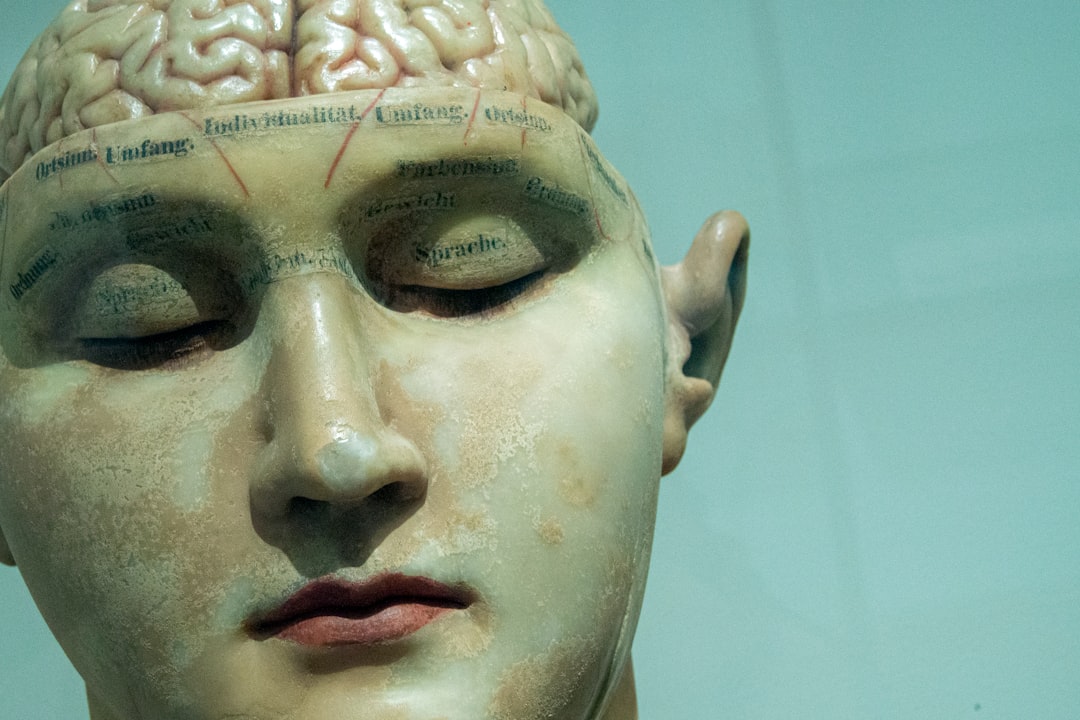What is it about?
We survey growing evidence that underlying the large-scale topographic maps of the mammalian brain underlies a "noisy" local organization, and how this may affect neural information processing
Featured Image
Why is it important?
While evidence for local 'salt-n'-pepper' organization in many mammalian cortical regions is rapidly growing due largely to the growing popularity of two-photon calcium imaging techniques, these findings have not been incorporated into the common models of cortical processing. Our manuscript attempts to take a step towards that end.
Perspectives
It was a genuinely exciting and stimulating experience to write this review, because it stemmed from a discrepancy we found experimentally in my PhD work (local heterogeneity in mouse auditory cortex organization, embedded in the famous tonotopic global organization), but we quickly realized this discrepancy is much wider and generalizes to other brain regions and also to much earlier studies that already challenged the smooth organization models based on electrophysiological recordings. Many studies have examined how topographic maps support processing, but we suggest we should also start asking how in other cases (which may be organism/cortical-layer/sensory modality - dependent) noisy maps support processing. It was amusing to discover that a very similar scientific argument took place in the 1970's between our scientific grandfathers. So surely this is an open question which I feel is now timely to revisit as we have new powerful technological tools to use for addressing these kinds of questions.
Dr Gideon Rothschild
University of California San Francisco
Read the Original
This page is a summary of: Global Order and Local Disorder in Brain Maps, Annual Review of Neuroscience, July 2015, Annual Reviews,
DOI: 10.1146/annurev-neuro-071013-014038.
You can read the full text:
Contributors
The following have contributed to this page










